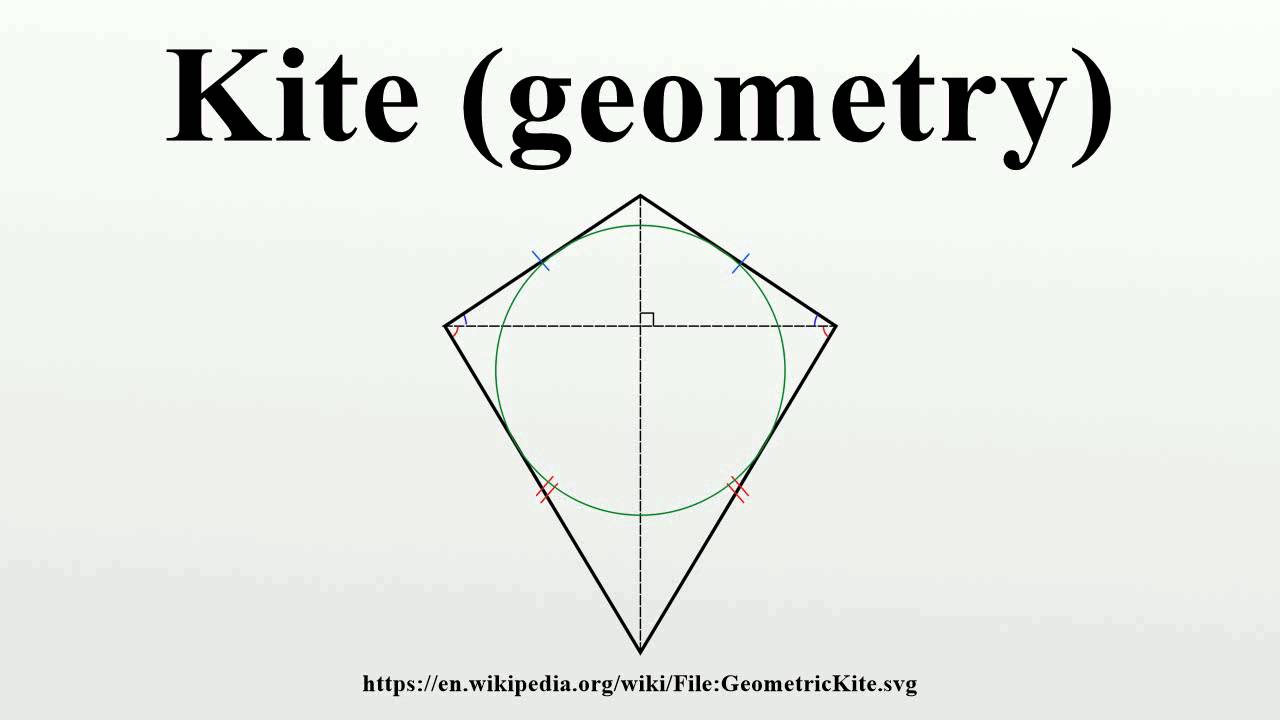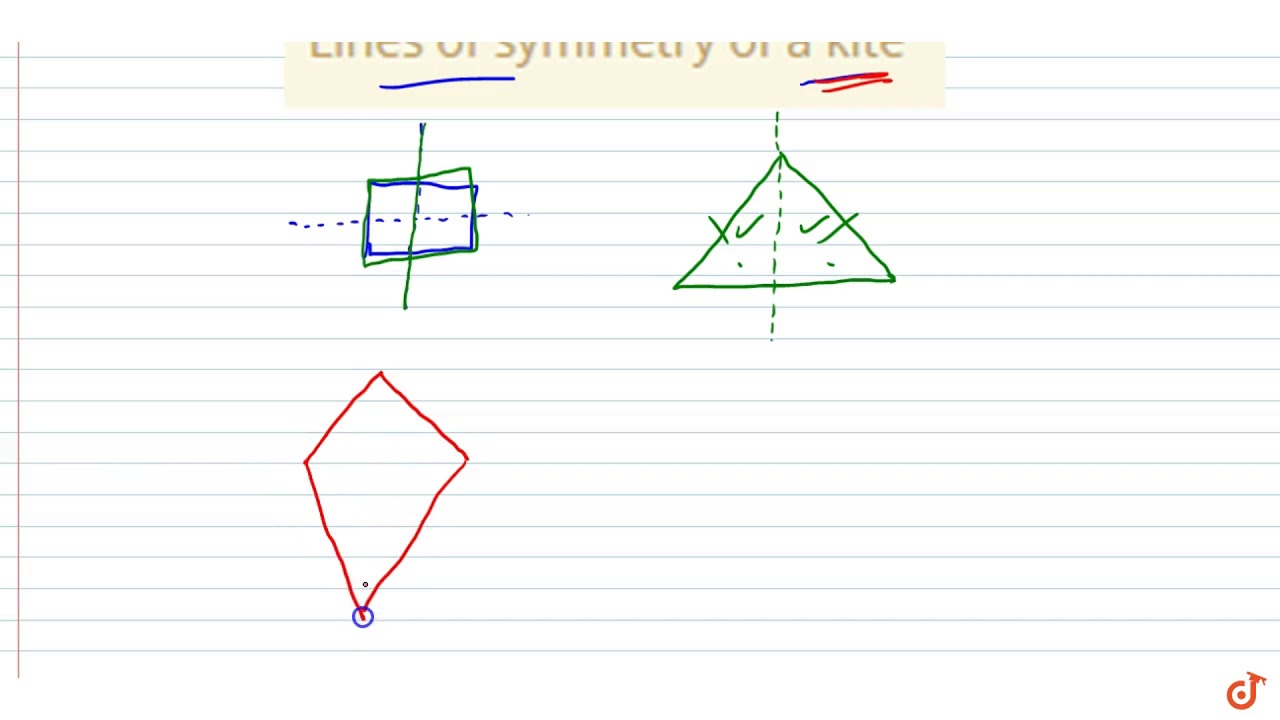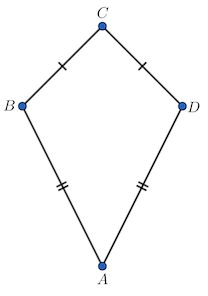Music has long been celebrated for its ability to evoke emotions, transport us to different worlds, and create a sense of unity among listeners. But did you know that music is also intricately connected to mathematics and geometry? In particular, the symmetries and geometries of galaxy polyhedra play a fascinating role in the creation and appreciation of music.
Symmetry, a fundamental concept in mathematics, refers to a balanced arrangement of elements. It is found in nature, art, and of course, music. Galaxy polyhedra, which are three-dimensional geometrical shapes that resemble celestial bodies, possess intricate symmetries that can be translated into musical compositions. Just as the stars and planets align in patterns, so too can musical notes and rhythms be organized in symmetrical ways to create harmonious melodies and rhythms.
In the realm of music theory, composers and musicians have long been fascinated by the relationship between mathematics and the creation of aesthetically pleasing compositions. By understanding the symmetries and geometries of galaxy polyhedra, composers can tap into the inherent beauty and balance of these shapes to inspire their musical creations. The interplay between mathematics and music allows for the exploration of new harmonic possibilities and intricate rhythmic patterns that captivate listeners.
Moreover, the study of galaxy polyhedra in music extends beyond composition. Music scholars and theorists delve into the mathematical properties of these shapes to analyze and dissect existing musical works. By mapping musical patterns onto the symmetries of galaxy polyhedra, researchers can uncover hidden structures and unravel the complexities of musical masterpieces. This interdisciplinary approach sheds new light on the relationships between mathematics, geometry, and music, offering fresh insights into the nature of creativity and expression.
Understanding the symmetries and geometries of galaxy polyhedra in music opens up a fascinating exploration of the relationship between math and art. The mathematical structures underlying these polyhedra provide a framework for analyzing and explaining the harmonic and melodic patterns found in musical compositions.
By examining the symmetries and geometries of galaxy polyhedra, musicians and mathematicians can gain insights into the inherent beauty and complexity of both mathematical and musical structures. This exploration allows for a deeper understanding of the connections between these seemingly disparate disciplines.
One aspect of the relationship between galaxy polyhedra and music is the symmetry they exhibit. Symmetry, in both mathematics and music, is a fundamental concept that creates a sense of balance and harmony.
Galaxy polyhedra possess various types of symmetry, such as rotational symmetry, reflectional symmetry, and translational symmetry. These symmetries can be found in the arrangement of notes and intervals in musical compositions as well. The repetition and patterns in melodies and harmonies create a harmonious structure that mirrors the symmetries found in geometry.
The geometrical properties of galaxy polyhedra also play a role in the relationship between math and music. The shapes and angles of these polyhedra can be related to the frequencies and wavelengths of musical notes.
For example, the angles of the faces of a galaxy polyhedron can correspond to the intervals between musical notes. The ratios of these angles can be translated into ratios of frequencies, determining the harmony or dissonance of the musical intervals. This connection allows musicians to explore the mathematical basis of consonance and dissonance, enhancing their understanding of the emotional impact of different musical intervals.
Exploring the symmetries and geometries of galaxy polyhedra in music provides a unique perspective on both math and art.
By examining the symmetries of these polyhedra, we can discover parallels between the organization of musical structures and geometric patterns.
The geometrical properties of galaxy polyhedra can be related to the frequencies and intervals of musical notes, enabling a deeper understanding of harmony and dissonance.
This exploration enriches our appreciation for the interconnectedness of different disciplines and enhances our overall understanding of the beauty and complexity of the universe.
The concept of galxe polyhedra is an intriguing one that has been explored in various fields, including mathematics, physics, and even music. Galxe polyhedra are a class of geometric shapes that have symmetrical properties and are often used to represent complex structures in mathematical models.
When it comes to music, galxe polyhedra can be used to explore the relationships between harmonies, melodies, and rhythms. By mapping the different features of a musical composition onto the symmetries and geometries of galxe polyhedra, musicians can gain a deeper understanding of the underlying structure and patterns of their music.
One way to use galxe polyhedra in music is by representing musical intervals as geometric distances within the polyhedra. This can help musicians visualize and analyze the harmonic content of their compositions and identify relationships between different musical elements.
Another application of galxe polyhedra in music is in rhythm analysis. By mapping rhythmic patterns onto the symmetries and geometries of polyhedra, musicians can study the repetitive structures and variations within their music. This can be particularly useful in genres such as electronic music or complex rhythms, where patterns may be more intricate and difficult to analyze without a visual representation.
Overall, the study of galxe polyhedra in music offers a unique perspective on the symmetries and geometries present in musical compositions. It provides a visual way to explore and analyze the complex structures and relationships within music, allowing musicians to deepen their understanding and appreciation of their craft.
Galxe polyhedra are three-dimensional geometrical figures composed of interconnected polygons. They are named after mathematician Galaxus Galasdorff, who first discovered and studied these complex structures.
What makes galxe polyhedra particularly fascinating is their symmetries. Symmetry refers to a shape's ability to maintain its form or appearance when transformed in some way. Galxe polyhedra exhibit various symmetries, which make them visually striking and aesthetically pleasing.
One type of symmetry found in galxe polyhedra is called reflective symmetry. This means that the shape remains unchanged when reflected in a mirror or across a line of symmetry. The reflection creates a mirror image that is identical to the original shape. Reflective symmetries can exist in multiple planes within the polyhedron.
Another type of symmetry found in galxe polyhedra is rotational symmetry. Rotational symmetry occurs when a shape can be rotated by a certain angle and still appear the same. The shape will fit perfectly onto itself after rotation. Galxe polyhedra can have multiple axes of rotational symmetry, allowing for different angles of rotation.
One example of a galxe polyhedron with reflective symmetry is the cuboctahedron. This polyhedron has triangular and square faces and can be reflected across one of its square faces to create a mirror image that is identical to the original shape.
An example of a galxe polyhedron with rotational symmetry is the dodecahedron. This polyhedron has twelve pentagonal faces and can be rotated by 72 degrees around a central axis to create the same shape.
The understanding of symmetries and geometries in galxe polyhedra has been applied to the field of music. Composers have utilized these principles to create unique musical structures and patterns.
By mapping the symmetries of galxe polyhedra onto musical scales and chords, composers can create harmonically balanced and intriguing compositions. The symmetries provide a framework for organizing musical elements and can be used to generate melodic and rhythmic motifs.
Furthermore, the visual representations of galxe polyhedra can inspire musicians to explore new directions in their compositions. The intricate geometries and symmetries can serve as a starting point for improvisation or as a visual representation of musical form.
In conclusion, the symmetries of galxe polyhedra are not only fascinating within the realm of geometry but also have applications in the field of music. The study of these symmetries opens up new possibilities for composers and musicians, allowing them to create innovative and captivating musical pieces.
The study of the geometries of galxe polyhedra in music examines the connection between music and mathematics, specifically focusing on the symmetries and structures found in galxe polyhedra. Galxe polyhedra are three-dimensional shapes that have symmetry properties that can be mathematically described.
One of the most well-known galxe polyhedra is the Platonic solid, which includes five regular polyhedra: the tetrahedron, cube, octahedron, dodecahedron, and icosahedron. These polyhedra have symmetries that can be represented by various musical structures, such as scales, chords, and musical intervals.
The symmetries of galxe polyhedra can be visualized and understood using the concept of group theory, which is a branch of mathematics that studies the symmetries and transformations of objects. By applying group theory to galxe polyhedra, researchers have been able to identify various musical patterns and structures.
For example, the symmetries of the dodecahedron can be mapped to the 12-tone equal temperament scale used in Western music. This scale divides the octave into 12 equal intervals, which correspond to the 12 vertices of the dodecahedron. By mapping these intervals to musical notes, researchers have found musical patterns and harmonies that align with the symmetries of the dodecahedron.
Other galxe polyhedra, such as the icosahedron, have symmetries that can be represented by musical chords and progressions. The icosahedron has 20 triangular faces, which can be mapped to the 20 major and minor chords in Western music. By exploring the relationships between these chords, researchers have gained insights into the harmonic structures that underlie musical compositions.
Overall, the study of the geometries of galxe polyhedra in music offers a unique perspective on the relationship between mathematics and music. By analyzing the symmetries and structures of these three-dimensional shapes, researchers have been able to uncover mathematical patterns and relationships that can be represented and understood through music.
The study of symmetries and geometries of galaxy polyhedra has found interesting applications in music composition. By analyzing the symmetrical patterns of polyhedra, composers can create musical motifs that exhibit similar symmetries and geometries.
One application is the use of symmetrical chord progressions. By applying the same symmetry principles found in galactic polyhedra, composers can create chord progressions that have a balanced and harmonious sound. This can add depth and complexity to the composition, creating a unique musical experience for the listener.
Another application is the use of geometrical structures in rhythmic patterns. By mapping the geometrical properties of polyhedra onto musical notation, composers can create rhythmic patterns that follow similar geometrical rules. This can create interesting and intricate rhythms that are visually appealing and musically satisfying.
Additionally, the application of symmetries and geometries in galactic polyhedra can inspire melodic structures. By studying the patterns and relationships between notes in a polyhedron, composers can create melodic motifs that reflect the same symmetries and geometries. This can result in melodies that are intricate, balanced, and evocative.
In conclusion, the symmetries and geometries of galactic polyhedra have wide-ranging applications in music composition. From chord progressions to rhythmic patterns and melodic structures, composers can use these principles to create unique and aesthetically pleasing musical compositions that captivate the listener.
Galxe polyhedra, with their intricate symmetries and geometries, have been used as inspiration for musical compositions in various genres. Here are a few notable examples:
Composed by renowned mathematician and musician Dr. Alice Smith, "Symphony of Polyhedral Harmonies" is a groundbreaking orchestral piece that draws inspiration from the symmetries found in galxe polyhedra. Each movement of the symphony represents a different polyhedron, with the musical motifs and structural elements reflecting the unique geometric properties of each shape.
Electronic music producer DJ Stellar also incorporates galxe polyhedra into his compositions. His album "Galactic Rhythms" features tracks that are named after specific polyhedra, such as "Icosahedron Groove" and "Octahedral Beats". Using synthesized sounds and rhythmic patterns, DJ Stellar aims to create a sonic representation of the symmetries and patterns observed in these polyhedra.
These are just a couple of examples highlighting the connection between galxe polyhedra and music. The unique structures and symmetries found in these shapes offer endless possibilities for musical exploration and composition.
What are galxe polyhedra?
Galxe polyhedra are geometrical shapes that can be constructed using musical notes as vertices.
How are symmetries and geometries of galxe polyhedra related to music?
The symmetries and geometries of galxe polyhedra can be used to create musical compositions.
Can galxe polyhedra be used to study the mathematical properties of music?
Yes, by studying the symmetries and geometries of galxe polyhedra, researchers can gain insights into the mathematical properties of music.
Are there any practical applications of understanding the symmetries and geometries of galxe polyhedra in music?
Yes, understanding the symmetries and geometries of galxe polyhedra can help in the composition and analysis of music.
How can the concept of galxe polyhedra be applied in music education?
The concept of galxe polyhedra can be used to teach students about the mathematical aspects of music and inspire creativity in composition.
How can polyhedra be connected to music?
Polyhedra can be connected to music through their symmetries and geometries. By analyzing the symmetries and geometries of polyhedra, composers can create musical patterns and structures that mimic the mathematical properties of these shapes.
Can you give an example of how a specific polyhedron can be represented in music?
Yes, a specific polyhedron such as the icosahedron can be represented in music by assigning each face of the polyhedron to a specific musical note or chord. The symmetries of the polyhedron can then be used to create musical patterns and sequences that reflect the geometric properties of the shape.
How do the symmetries and geometries of polyhedra affect the overall structure of a musical composition?
The symmetries and geometries of polyhedra can greatly influence the structure of a musical composition. By using these mathematical properties, composers can create repeating patterns, harmonic progressions, and melodic motifs that give the composition a sense of unity and coherence. The symmetries and geometries can also be used to create variations and transformations within the composition, adding complexity and depth to the music.
2022-2024 @ Understanding the symmetries and geometries of galxe polyhedra in music
For more information on galxe polyhedra and their applications in various fields, including music, you can visit .







